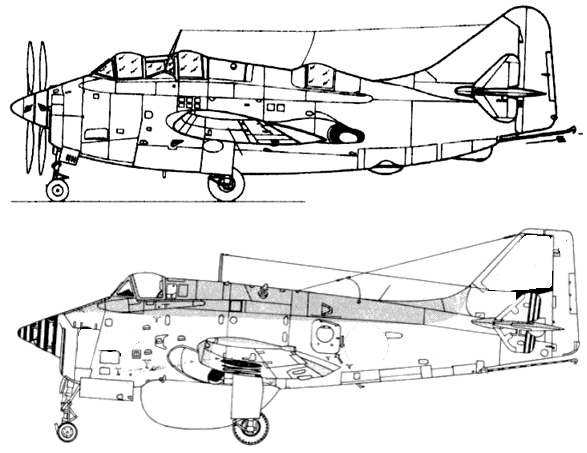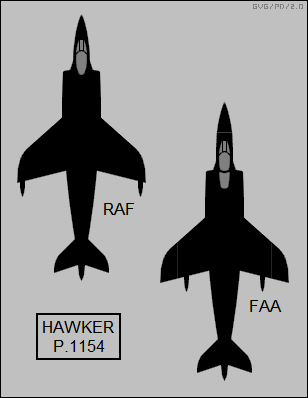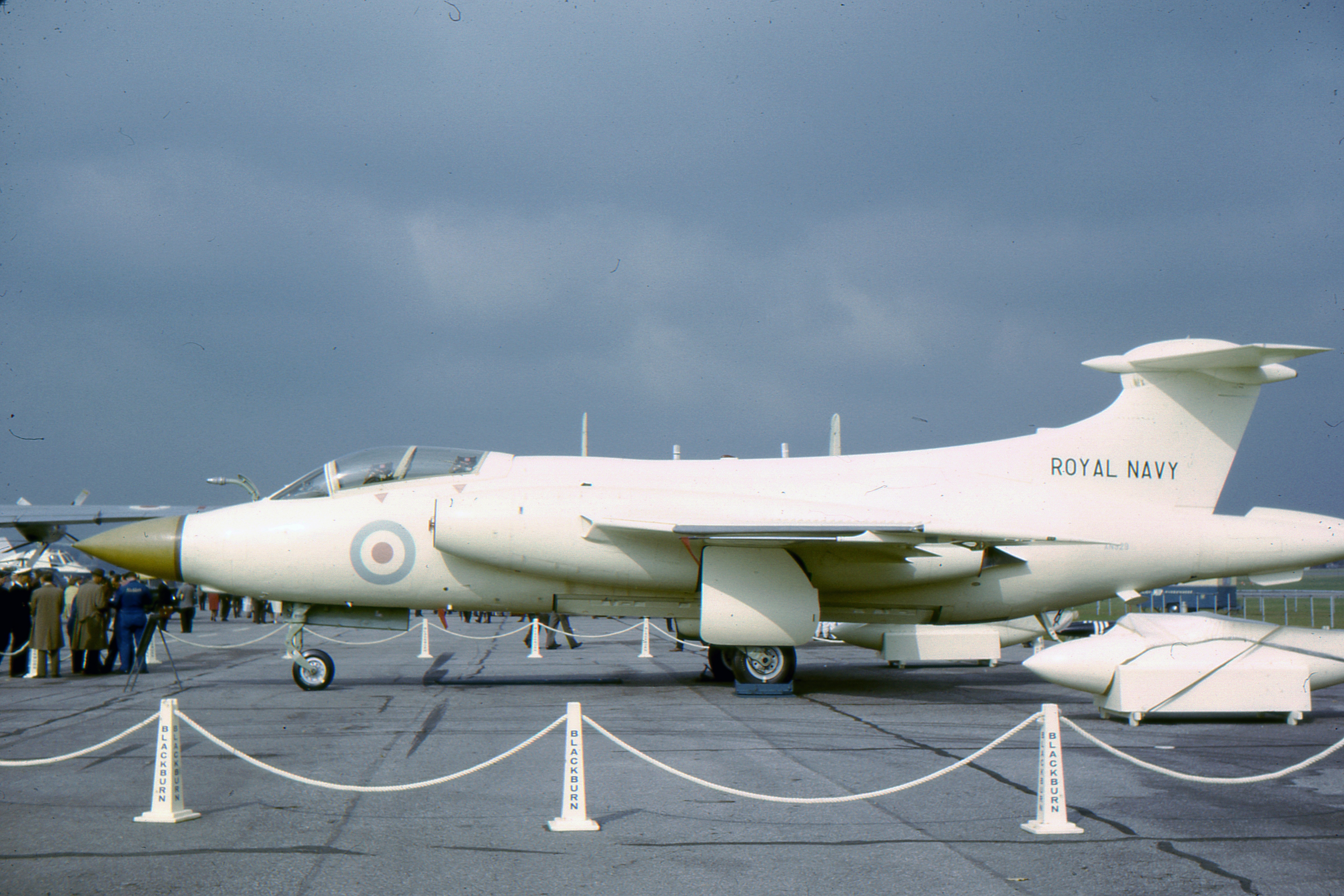|
CVA-01
CVA-01 was a proposed United Kingdom aircraft carrier, designed during the 1960s. The ship was intended to be the first of a class that would replace all of the Royal Navy's carriers, most of which had been designed before or during the Second World War. CVA-01 and CVA-02 were intended to replace and , while CVA-03 and CVA-04 would have replaced and respectively. The planned four carrier class was soon reduced to three before further being reduced to two and finally, following a government review, in the form of the 1966 Defence White Paper, the project was cancelled, along with the proposed Type 82 destroyer class, which were intended primarily as escorts for carrier groups. Factors contributing to the cancellation of CVA-01 included inter-service rivalries, the huge costs of the proposed carrier, and the technical complexity and difficulties it would have presented in construction, operation, and maintenance. Had CVA-01 class been built, it is likely they would have bee ... [...More Info...] [...Related Items...] OR: [Wikipedia] [Google] [Baidu] |
Fairey Gannet AEW
The Fairey Gannet AEW.3 is a variant of the Fairey Gannet anti-submarine warfare aircraft intended to be used in the airborne early warning (AEW) role on aircraft carriers of the Royal Navy. It was introduced to service in 1959 to replace the obsolete Douglas A-1 Skyraider, Douglas Skyraider, and was intended as an interim solution until the planned introduction of a new, purpose built AEW platform for use on the planned CVA-01 aircraft carriers. Neither the new aircraft carriers nor the new AEW aircraft were proceeded with, and the Gannet AEW.3 remained in service until the last aircraft carrier that could operate it was retired in 1978. Design and development In the late 1950s, the Royal Navy operated the piston-engined Douglas A-1 Skyraider from its aircraft carriers in the Airborne early warning and control, AEW role. However, the Skyraider was a design that originated during the Second World War. It entered service with the RN in 1951 but, owing to its World War II vinta ... [...More Info...] [...Related Items...] OR: [Wikipedia] [Google] [Baidu] |
Type 82 Destroyer
The Type 82 or ''Bristol''-class destroyer was a 1960s Guided-missile destroyer, guided missile destroyer design intended to replace s in the Royal Navy. Originally eight warships were planned to provide area air-defence for the planned CVA-01 aircraft carriers. They would also have been able to operate independently as modern cruisers "East of Suez". Anti-aircraft capability was provided by the new Sea Dart, Sea Dart missile system and the class also had anti-submarine capability. They were expected to serve as a group of four Type 82s forming the outer escort of the carrier with four "Broad Beam" Leander-class frigate, ''Leander''-class frigates as the inner escort. The CVA-01s were all cancelled by 1966, eliminating one of the main roles for the class and removing the need for such a large warship. In its place a smaller design carrying Sea Dart for air defence entered service as the Type 42 destroyer. One Type 82, , was ordered to act as a testbed for the various technolo ... [...More Info...] [...Related Items...] OR: [Wikipedia] [Google] [Baidu] |
McDonnell Douglas Phantom In UK Service
The United Kingdom operated the McDonnell Douglas F-4 Phantom II as one of its principal combat aircraft from 1968 to 1992. The UK was the first export customer for the Phantom, which was ordered in the context of political and economic difficulties around British designs for the roles that it eventually undertook. The Phantom was procured to serve in both the Royal Navy's Fleet Air Arm (FAA) and the Royal Air Force in several roles including air defence, close air support, low-level strike and tactical reconnaissance. Although assembled in the United States, the UK's early Phantoms were a special batch built separately with a significant amount of British technology as a means of easing the pressure on the domestic aerospace industry in the wake of major project cancellations.Davies 2016, p.25 Two variants were initially built for the UK: the F-4K variant was designed from the outset as an air defence interceptor to be operated by the FAA from the Royal Navy's aircraft carrie ... [...More Info...] [...Related Items...] OR: [Wikipedia] [Google] [Baidu] |
McDonnell Douglas F-4 Phantom II In UK Service
The United Kingdom operated the McDonnell Douglas F-4 Phantom II as one of its principal combat aircraft from 1968 to 1992. The UK was the first export customer for the Phantom, which was ordered in the context of political and economic difficulties around British designs for the roles that it eventually undertook. The Phantom was procured to serve in both the Royal Navy's Fleet Air Arm (FAA) and the Royal Air Force in several roles including air defence, close air support, low-level strike and tactical reconnaissance. Although assembled in the United States, the UK's early Phantoms were a special batch built separately with a significant amount of British technology as a means of easing the pressure on the domestic aerospace industry in the wake of major project cancellations.Davies 2016, p.25 Two variants were initially built for the UK: the F-4K variant was designed from the outset as an air defence interceptor to be operated by the FAA from the Royal Navy's aircraft ca ... [...More Info...] [...Related Items...] OR: [Wikipedia] [Google] [Baidu] |
1966 Defence White Paper
The 1966 Defence White Paper (Command Papers 2592 and 2901) was a major review of the United Kingdom's defence policy initiated by the Labour government under Prime Minister Harold Wilson. The review was led by the Secretary of State for Defence, Denis Healey. The document was centred on the need to support NATO in Europe and made the commitment that the UK, "would not undertake major operations of war except in co-operation with allies." The 1966 announcements undertook to retain the UK presence in Singapore and Malaysia. However, the mid-late sixties brought an economic crisis and the devaluation of pound sterling. In 1967 and 1968, the government published two further supplements to the review, announcing the strategic withdrawal of British forces deployed ''East of Suez''. This marked a watershed in British foreign policy and the end of a major, enduring world-wide military role. Contents The Wilson Government decided on significant reductions in the defence budget, with def ... [...More Info...] [...Related Items...] OR: [Wikipedia] [Google] [Baidu] |
Blackburn Buccaneer
The Blackburn Buccaneer is a British carrier-capable attack aircraft designed in the 1950s for the Royal Navy (RN). Designed and initially produced by Blackburn Aircraft at Brough, it was later officially known as the Hawker Siddeley Buccaneer when Blackburn became a part of the Hawker Siddeley Group, but this name is rarely used. The Buccaneer was originally designed in response to the Soviet Union's ''Sverdlov''-class cruiser construction programme. Instead of building a new fleet of its own, the Royal Navy could use the Buccaneer to attack these ships by approaching at low altitudes below the ship's radar horizon. The Buccaneer could attack using a nuclear bomb, or conventional weapons. It was later intended to carry short-range anti-shipping missiles to improve its survivability against more modern ship-based anti-aircraft weapons. The Buccaneer entered Royal Navy service in 1962. The initial production aircraft suffered a series of accidents due to insufficient engine ... [...More Info...] [...Related Items...] OR: [Wikipedia] [Google] [Baidu] |
Light Aircraft Carrier
A light aircraft carrier, or light fleet carrier, is an aircraft carrier that is smaller than the standard carriers of a navy. The precise definition of the type varies by country; light carriers typically have a complement of aircraft only one-half to two-thirds the size of a full-sized fleet carrier. A light carrier was similar in concept to an escort carrier in most respects, however light carriers were intended for higher speeds to be deployed alongside fleet carriers, while escort carriers usually defended convoys and provided air support during amphibious operations. History In World War II (WWII), the United States Navy produced a number of light carriers by converting cruiser hulls. These s, converted from light cruisers, were unsatisfactory ships for aviation with their narrow, short decks and slender, high- sheer hulls; in virtually all respects the escort carriers were superior aviation vessels. These issues were superseded by ''Independence''-class ships' virtue of b ... [...More Info...] [...Related Items...] OR: [Wikipedia] [Google] [Baidu] |
Steam Catapult
An aircraft catapult is a device used to allow aircraft to take off from a very limited amount of space, such as the deck of a vessel, but can also be installed on land-based runways in rare cases. It is now most commonly used on aircraft carriers, as a form of assisted take off. In the form used on aircraft carriers the catapult consists of a track, or slot, built into the flight deck, below which is a large piston or ''shuttle'' that is attached through the track to the nose gear of the aircraft, or in some cases a wire rope, called a catapult bridle, is attached to the aircraft and the catapult shuttle. Other forms have been used historically, such as mounting a launching cart holding a seaplane on a long girder-built structure mounted on the deck of a warship or merchant vessel, but most catapults share a similar sliding track concept. Different means have been used to propel the catapult, such as weight and derrick, gunpowder, flywheel, air pressure, hydraulic, and steam p ... [...More Info...] [...Related Items...] OR: [Wikipedia] [Google] [Baidu] |
COS(621)1
Cos, COS, CoS, coS or Cos. may refer to: Mathematics, science and technology * Carbonyl sulfide * Class of service (CoS or COS), a network header field defined by the IEEE 802.1p task group * Class of service (COS), a parameter in telephone systems * Cobalt sulfide * COS cells, cell lines COS-1 and COS-7 * Cosine, a trigonometric function * Cosmic Origins Spectrograph, a Hubble Space Telescope instrument Operating systems * COS (operating system), a Chinese mobile OS * Cray Operating System * Chippewa Operating System, from Control Data Corporation * Commercial Operating System, from Digital Equipment Corporation * GEC COS Places * Cos, Ariège, France * Cos or Kos, a Greek island * COS, IATA code for Colorado Springs Airport, Colorado, US ** Colorado Springs, Colorado, a US city, derived from its airport's code * Gulf of Cos, Aegean Sea * Villa de Cos, Zacatecas, Mexico * Cosio Valtellino (Cös), Lombardy, Italy * COS, UNDP country code of Costa Rica Organizations, soc ... [...More Info...] [...Related Items...] OR: [Wikipedia] [Google] [Baidu] |
Admiralty Board
The Admiralty Board is the body established under the Defence Council of the United Kingdom for the administration of the Naval Service of the United Kingdom. It meets formally only once a year, and the day-to-day running of the Royal Navy is conducted by the Navy Board, which does not include any ministers. The Admiralty Board was established with the abolition of the Board of Admiralty and the integration of the three service ministries into the Ministry of Defence. The board is chaired by His Majesty's Principal Secretary of State for Defence and includes the professional heads of the navy, as well as various ministers and civil servants of the Ministry of Defence. Membership of the board The composition is as follows: *Civilian **Secretary of State for Defence **Minister of State for the Armed Forces **Minister for Defence Procurement ** Minister for Defence People and Veterans **Minister for Reserves **Under Secretary of State & the Lords Spokesman on Defence **Finance ... [...More Info...] [...Related Items...] OR: [Wikipedia] [Google] [Baidu] |
UK Treasury
His Majesty's Treasury (HM Treasury), occasionally referred to as the Exchequer, or more informally the Treasury, is a department of His Majesty's Government responsible for developing and executing the government's public finance policy and economic policy. The Treasury maintains the Online System for Central Accounting and Reporting (OSCAR), the replacement for the Combined Online Information System (COINS), which itemises departmental spending under thousands of category headings, and from which the Whole of Government Accounts (WGA) annual financial statements are produced. History The origins of the Treasury of England have been traced by some to an individual known as Henry the Treasurer, a servant to King William the Conqueror. This claim is based on an entry in the Domesday Book showing the individual Henry "the treasurer" as a landowner in Winchester, where the royal treasure was stored. The Treasury of the United Kingdom thus traces its origins to the Treasury of the ... [...More Info...] [...Related Items...] OR: [Wikipedia] [Google] [Baidu] |
Displacement (ship)
The displacement or displacement tonnage of a ship is its weight. As the term indicates, it is measured indirectly, using Archimedes' principle, by first calculating the volume of water displaced by the ship, then converting that value into weight. Traditionally, various measurement rules have been in use, giving various measures in long tons. Today, tonnes are more commonly used. Ship displacement varies by a vessel's degree of load, from its empty weight as designed (known as "lightweight tonnage") to its maximum load. Numerous specific terms are used to describe varying levels of load and trim, detailed below. Ship displacement should not be confused with measurements of volume or capacity typically used for commercial vessels and measured by tonnage: net tonnage and gross tonnage. Calculation The process of determining a vessel's displacement begins with measuring its draft.George, 2005. p.5. This is accomplished by means of its "draft marks" (or "load lines"). A mer ... [...More Info...] [...Related Items...] OR: [Wikipedia] [Google] [Baidu] |





%2C_F-14_on_catapult.jpg)

.jpg)